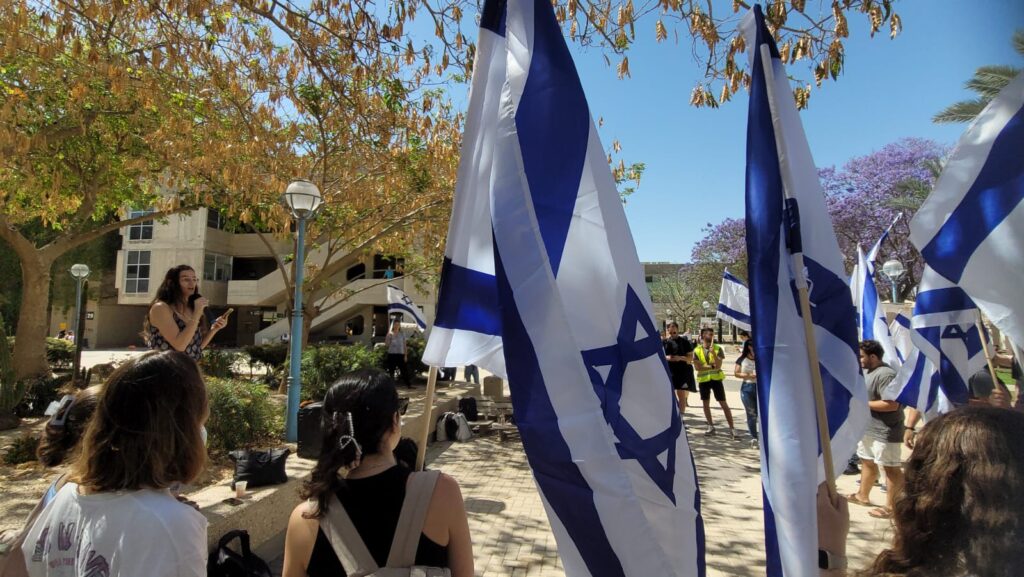 When I was in 2nd grade, my teacher taught me how to spell desert and dessert by reminding us that you only want one “desert” (one “S”) but two desserts to eat (two “S’s”). This clever trick sticks with me to this day. Now imagine that instead of spelling, you’re learning about geopolitical conflicts, such as the Arab-Israeli one, but the teacher is clearly taking one side. This would impact how students think about the situation. When discussing Jewish and Israeli history, educators must be careful and truthful. If students are taught an unbalanced and distorted perception of history that is biased against Israel, this could create a future generation of people who believe antisemitic tropes and who are deceived into viewing a close ally of the United States with hostility, not only putting the future of the Jewish people at risk but also impacting the only democracy in the Middle East that shares the United States’s democratic values.
When I was in 2nd grade, my teacher taught me how to spell desert and dessert by reminding us that you only want one “desert” (one “S”) but two desserts to eat (two “S’s”). This clever trick sticks with me to this day. Now imagine that instead of spelling, you’re learning about geopolitical conflicts, such as the Arab-Israeli one, but the teacher is clearly taking one side. This would impact how students think about the situation. When discussing Jewish and Israeli history, educators must be careful and truthful. If students are taught an unbalanced and distorted perception of history that is biased against Israel, this could create a future generation of people who believe antisemitic tropes and who are deceived into viewing a close ally of the United States with hostility, not only putting the future of the Jewish people at risk but also impacting the only democracy in the Middle East that shares the United States’s democratic values.
Click here to read the full article in The Times of Israel.
Contributed by 2020-2021 George Washington University CAMERA Fellow Sarah Schornstein.

